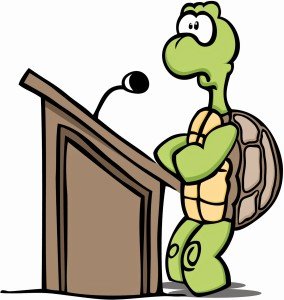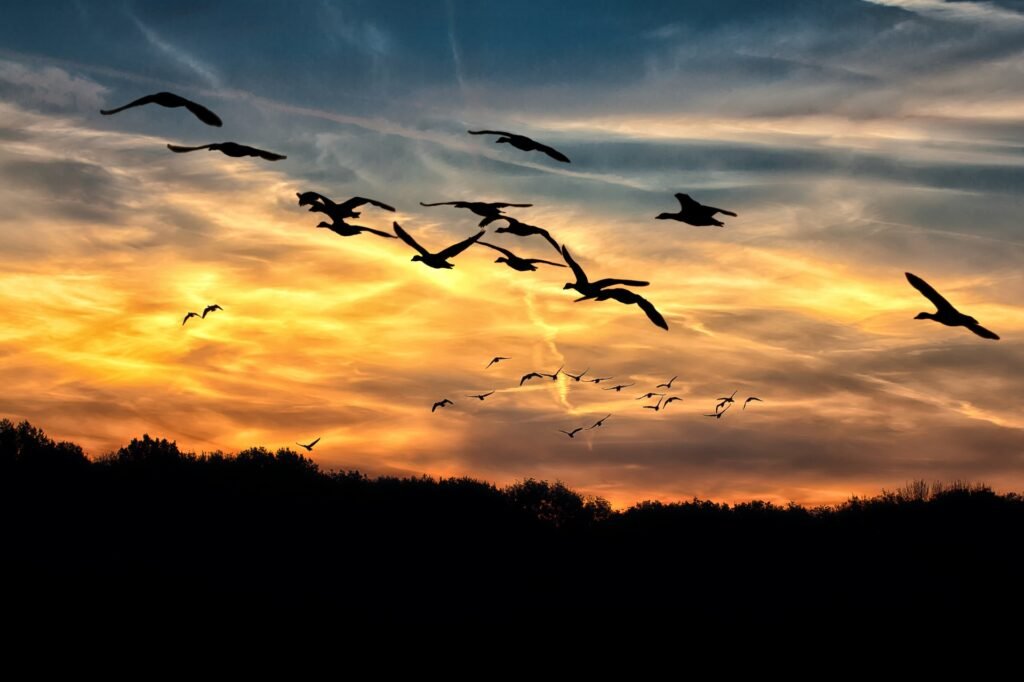 Some years ago someone who had been on Prozac for eight years came regularly to a group i was facilitating in mid-devon.
Some years ago someone who had been on Prozac for eight years came regularly to a group i was facilitating in mid-devon.
She was put on the drug following the death of her young daughter and at a time when she herself was in an unsatisfying job.
She had, since then, found more satisfying work and so we worked through things together – she slowly came off the prozac and is relatively happy in her life.
Her openess and ability to connect, with a care for the happiness of others, means that other employees in the store where she works feel able to confide in her…and she is able to pass on some of the benefits of her experiences.
One day someone she works with came into the staffroom looking very subdued… this lady noticed and enquired… her colleague sheepishly admitted that having been to the doctors and put on prozac…
They had a conversation and then others in the room joined in…. and in this little store in mid- Devon there were four or five others on prozac.
This number…plus the others who did not share…multiplied by the number of large stores in the country…would be a staggering number in itself…then add in all the rest!
No wonder the birds have measurable levels of prozac in their bodies – they drink the water that runs into the rivers from the sewage plants…
which only remove some substances.
I can remember listening to a poet who had made a poem out of the ingredients of a shampoo which had a ‘natural’ marketing image.
The poem of the list of chemicals was extremely long… the small print can be very small… and I couldn’t imagine any trichological necessity for most of them!
Anyway, i thought, they don’t stay on my head for long… but then I imagined them going down the waste pipe into the sewerage system and on…and on…and fish swimming in it, birds drinking it and..eek!
As i see it, to be able to be allow for the arising of sad feelings is part of being alive and connected with this world… however the egoic thought–structure feels that there is something wrong with this.
If you are in connection with this world and see and feel what’s going on around you, i think being sad is a completely natural experience.
When the thought that ‘I should be happy’ arises and links with another thought (thought of what I take myself to be) there can be a sense that something has gone wrong and it needs fixing a.s.a.p.
‘I would like the world and myself to be the way I would like them to be’… so I am rejecting what is, i’m making a story about it and becoming oppositional to the arising thoughts and feelings and sensations… lumping them all together… either forgetting or not being unconscious of their transient nature.
Surely sometimes a chemical intervention is appropriate… but it can become an automatic response to ‘I don’t like these feelings please take them away’.
Anything that does that is not necessarily good… and they’ll go anyway if you let them…crying can be a great release, not a sign of failure. Stiff upper-lips are not indicative of health and ‘pulling one’s self together’ just tightens the knots.
To look at what’s going on rather than to mask it, or go for distraction, takes courage. To ask ‘what is the root cause of my suffering?’ is the question which set Gautama Siddhartha off on his journey… and he realised an answer which is the same for all of us….one we can experience…that’s a worthwhile journey!
But mostly it seems easier to try to sort out the external factors. Sometimes this is not so difficult, and it can be useful if it brings more of a sense of spaciousness into the situation. However these external factors are themselves impermanent and not the root cause of the problem…and the very busyness involved in changing circumstances may conceal this.
Also there is a big difference between satisfaction – being okay however things are – and the happiness of pleasure. Pursuing pleasure is to over-privilege the high points, the excitement around which is addictive and diminishes the enjoyment of everything in between…so much so that the in-between time can be just be filling-in-time between the highs.
There was a zen master who gave a teaching to an official who wanted to know how to be…how to practice within the constraints and the perceived tedium which went with his high office?
The master’s blessing translates as – ‘inch foot time gem’ – and its recipient was nonplussed until the explanation came….words to the effect that
Every moment is a moment of life – and, as there are only so many moments in your life….why not be there for them all? – receiving and allowing them to go. Turning your face away from any of them is life denying; with the ego calling the shots life becomes constricted and tensions increase.
I like James’s analogy of the ‘i’ as an empty wine glass for this…and if we can relax the desire… for the champagne or the happiness…whatever we might ordinarily feel would bring things to perfection…we can be momentarily full of rich burgundy, water, milk, Orangina, urine or chocolate pudding …. many many different flavours….
a self emptying, cleaning and filling wine glass…. extraordinary!
btw… along with many other drugs, the use of Diclophenac , a non-steroidal anti-inflammatory drug, is not compatible with the use of Prozac…. and if you read the warnings about NSAID’s in that Diclophenac link you might be quite slow to swallow them in any case!
…and then there’s that quote of Einstein “Well-being and happiness never appeared to me as an absolute aim. I am even inclined to compare such moral aims to the ambitions of a pig.” !
The self-referential nature of the above quest keeps the blindfold in place… and so the tail can lead the dog down many a cul-de-sac!















